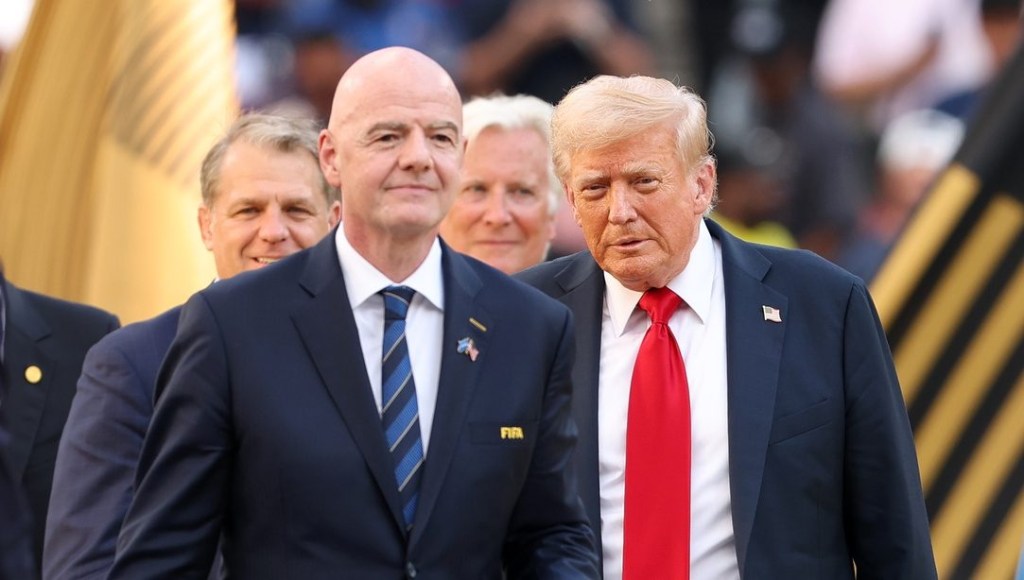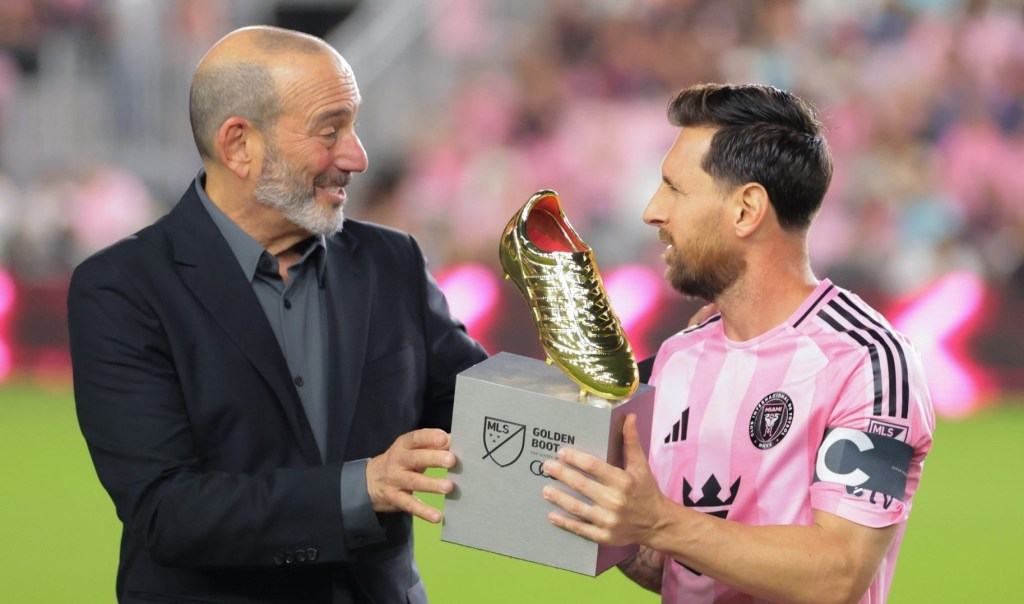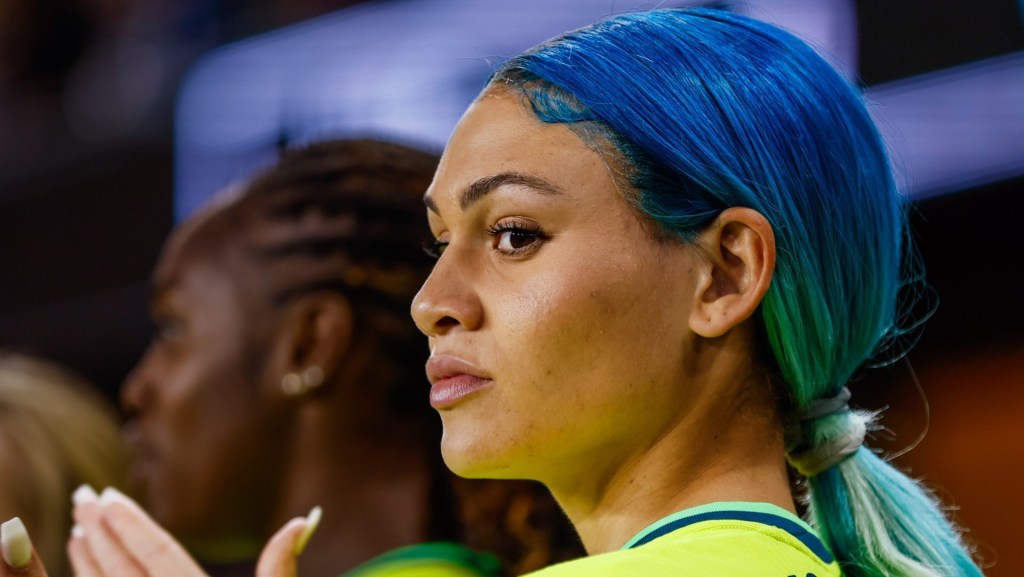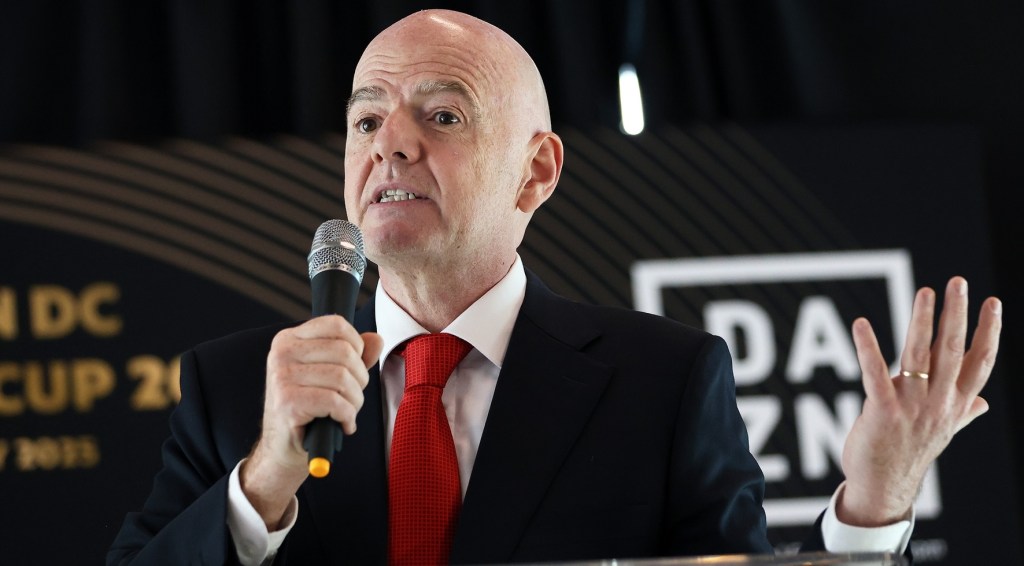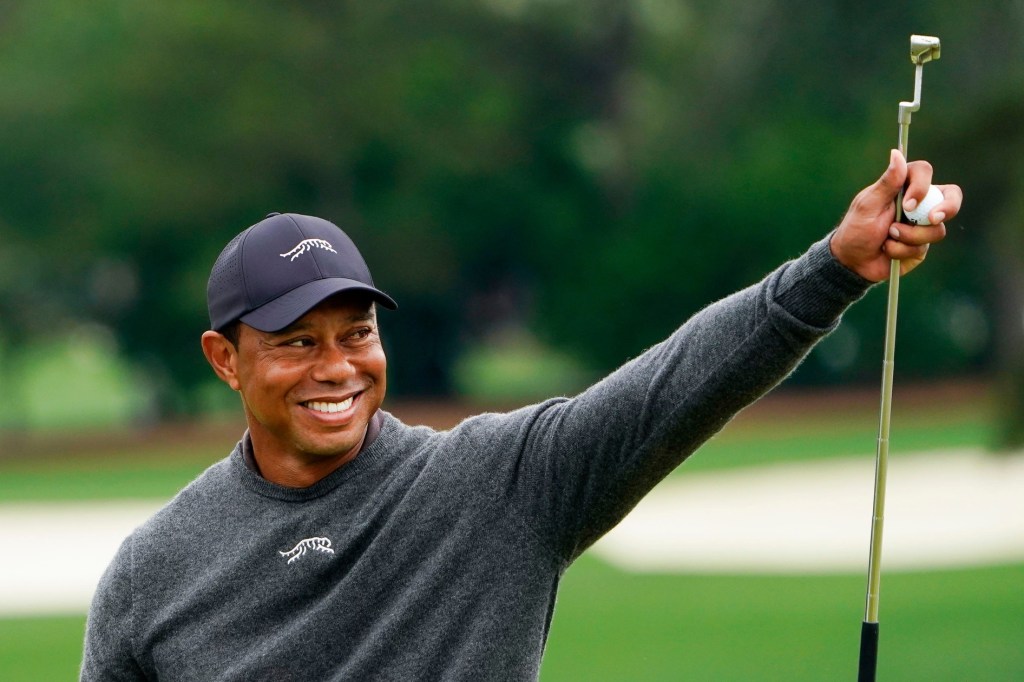BROOKLYN — The WNBA season is over. Its ending was pure magic.
A franchise-record 18,090 fans packed the Barclays Center for the league’s first Game 5 in a Finals series since 2019, for the winner-take-all matchup of what had already been a playoff series for the ages.
Sabrina Ionescu’s last-second dagger to win Game 3 carved out a space in the annals of basketball history. The Minnesota Lynx, led by Napheesa Collier, Courtney Williams, and Kayla McBride, had played a brand of basketball somehow both unbelievably smooth and electric.
“I think this has been just great basketball, just so entertaining,” Collier told Front Office Sports before the game. “Objectively, this is a really fun series. When you’re in it, it’s very nerve-wracking, of course, but I think it’s great for the sport.”
A tight fourth quarter sent Game 5 into overtime, when Minnesota played out of sync. Collier fouled out, and the New York Liberty clinched their first WNBA title, with Jonquel Jones earning Finals MVP honors. The WNBA’s record-shattering season came to an end on the tails of a magnificent Finals series and deciding game.
One year ago, Liberty fans quietly filed out of the Barclays Center after a down-to-the-wire game led to Las Vegas hoisting the trophy. The scene one year later couldn’t have been more different. A combination of New York–themed songs streamed through the building along with confetti. The crowd erupted when ESPN’s Holly Rowe saluted Liberty legend Teresa Weatherspoon, and when Ionescu proclaimed “New York or nowhere.” No one seemed concerned that the hopes for an MLB Subway Series were slipping further and further from reality as the (formerly Brooklyn) Dodgers overtook the Mets. Tonight, the Liberty are New York’s champions.
Brooklyn fans brought it. The Liberty have carefully crafted a rebrand since gaining new owners in the Nets’ Joe and Clara Wu Tsai, and with the help of a sassy elephant and a market hungry for women’s basketball, they averaged the league’s second-best regular-season attendance this year. The team has come to expect and rely on its backers. “I think we’ve got to use the energy of our home crowd to help us, not just in the beginning, but for the whole 40 minutes,” Liberty coach Sandy Brondello said before the game.
The superb play has been reflected in viewership. With 1.35 million and 1.39 million average viewers, Games 2 and 3 respectively, rank as the ninth- and seventh-most-watched WNBA Finals games of all time, with the rest of those records all happening in 2001 or earlier. (Friday’s Game 4 viewership data won’t be released until Monday.) The number to beat is 3.25 million viewers for the Finals record, or 5.04 million viewers for the all-time viewership record.
Whether they reach those figures, these Finals are significantly outpacing last year’s and drawing their largest audiences in more than two decades, all while competing with the NFL, MLB playoffs, and college football. Game 5 will also be limited in some ways by being on ESPN instead of ABC, which aired 1993’s Hocus Pocus instead of the game.
Caitlin Clark had a huge impact on the league’s business growth this year, especially when it comes to attendance and viewership. Her games dominate records in both categories. But the Finals reinforce the truth that rabid interest in the league and extremely high-level basketball do not end with the Rookie of the Year.
“In the end, it just shows the level of the talent that we have in the WNBA,” Brondello said about making it to Game 5 (though “I wish it didn’t” reach the winner-take-all, she admitted). “I thought this was one of the strongest seasons I’ve ever been a part of. I’ve been in this league for a long, long time as a player and a coach. … I think it’s great for women’s basketball. We’re getting a lot of eyes on us; I think that’s fantastic.”
The historic Finals have also been buoyed by both teams playing in full-sized arenas, which set a new league record with an average of 18,518 fans at each game. The other two semifinalists, the Las Vegas Aces and Connecticut Sun, only fit around 9,000 to 12,000 people in their arenas, while Minnesota and New York can each pack upward of 18,000 fans. Both teams have set attendance records during the series—including 19,521 in attendance for Game 3 in Minneapolis. Nothing about the setting indicates this is merely an upstart league on the rise; the atmosphere is indistinguishable from an NBA Finals game.
The scene from Brooklyn when the Liberty won their first WNBA title. pic.twitter.com/svDv8FTufq
— Margaret Fleming (@mgfleming12) October 21, 2024
Last October, my friends and I each spent $60 including fees for nosebleed tickets to Game 4 of the WNBA Finals at the Barclays Center, where the Aces raised their second straight trophy. On Sunday afternoon, the cheapest single ticket for Game 5 in Brooklyn on the same ticket platform was $148 including fees, and the least expensive pair of tickets was listed at $176 apiece including fees. All that remained at the box office were $225 standing-room-only tickets, according to Winsidr.
“To end this specific WNBA season on a Game 5, you can’t write it anywhere else,” Marcelo, a Liberty fan who paid $274 for his lower bowl ticket, tells FOS. “It’s meant to be. We are meant to win this championship at the Barclays Center in Game 5.”
How the Liberty Ascended
Liberty owner Clara Wu Tsai took her moment on ESPN during the trophy ceremony to talk about investing in women’s sports.
“When we bought the team four years ago, they were playing at Westchester County Center to a crowd of 2,000. And the first thing we wanted to do was bring the team to Barclays Center so that they could have a bigger stage. And then we wanted to give them facilities and performance and nutrition and everything that they deserved, because they’re such elite professional athletes,” Tsai said. “And look what can happen when you have an intention, and you put resources and care and attention to it.”
Rowe supported Tsai’s comments, saying this result is “what happens when you invest in women.”
This week, basketball fans were up in arms about the finances of the WNBA following a New York Post report saying the league will lose about $40 million in revenue this year, down from a Washington Post estimate of $50 million in June. It’s a fair question—if the WNBA is having such a record year, how is it losing so much money?
The explanation largely lies in the fact the WNBA’s new era is beginning in its old financial framework. The league gets about $60 million annually from its media partners, but this year had no option but to start spending about $25 million a year on charter flights for its increasingly high-profile athletes. A new team in Golden State and adding more games to the schedule will provide more revenue, but the $2.2 billion media-rights deal that begins in 2026 will be the real game-changer for the WNBA’s balance sheet.
Speaking of the media-rights deal, the players have one final task to accomplish before they go on vacation: They have until Nov. 1 to opt out of their collective bargaining agreement, which would mean the current deal terminates at the end of next season. Players are sure to head back to the negotiating table to ensure those media dollars are directly reflected in their salaries.
When the next season begins in May, the league will be leaps and bounds ahead of where it was this spring. No one will be talking about how these athletes should get to fly on private planes, or have to prove that widespread passion for women’s college basketball can carry into the pros. The league had already reached a new level in the regular season, but the Finals launched it into another ether, cementing the most exciting and transformational campaign in league history.

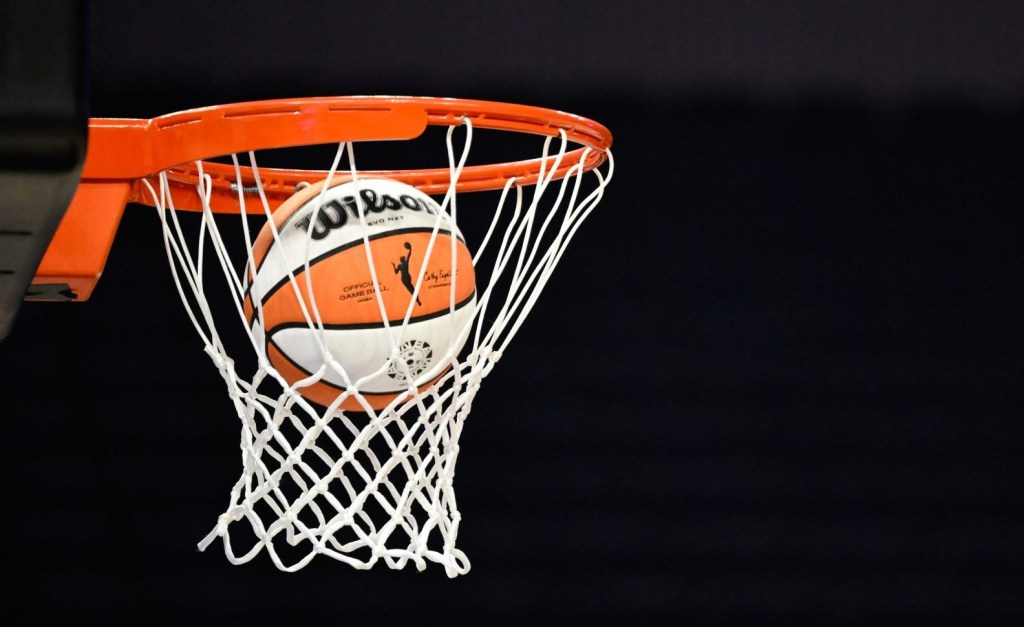

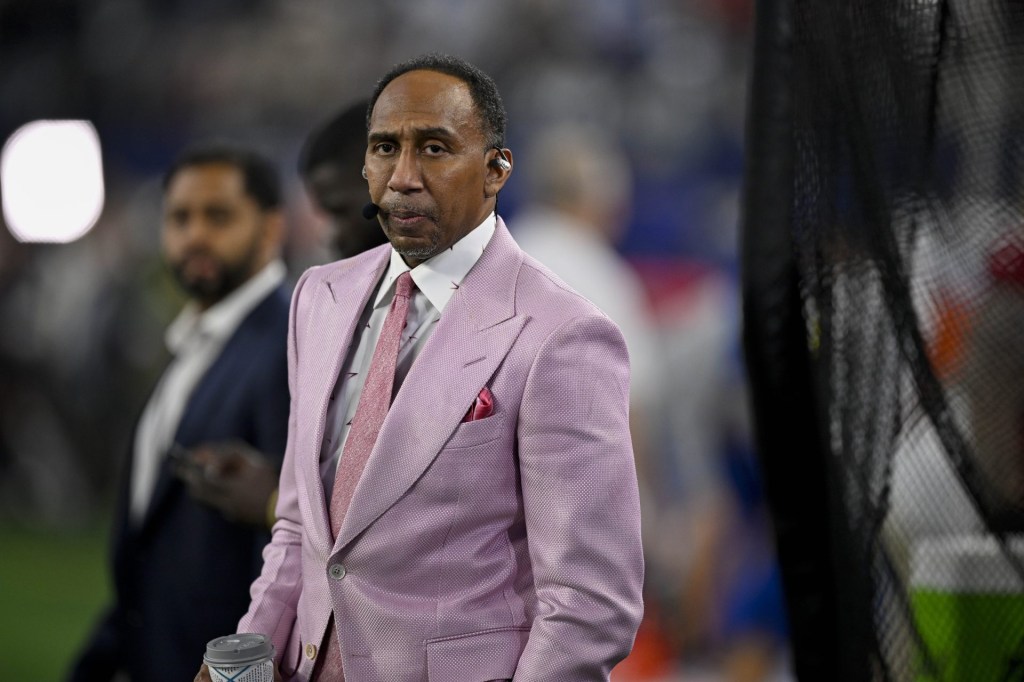




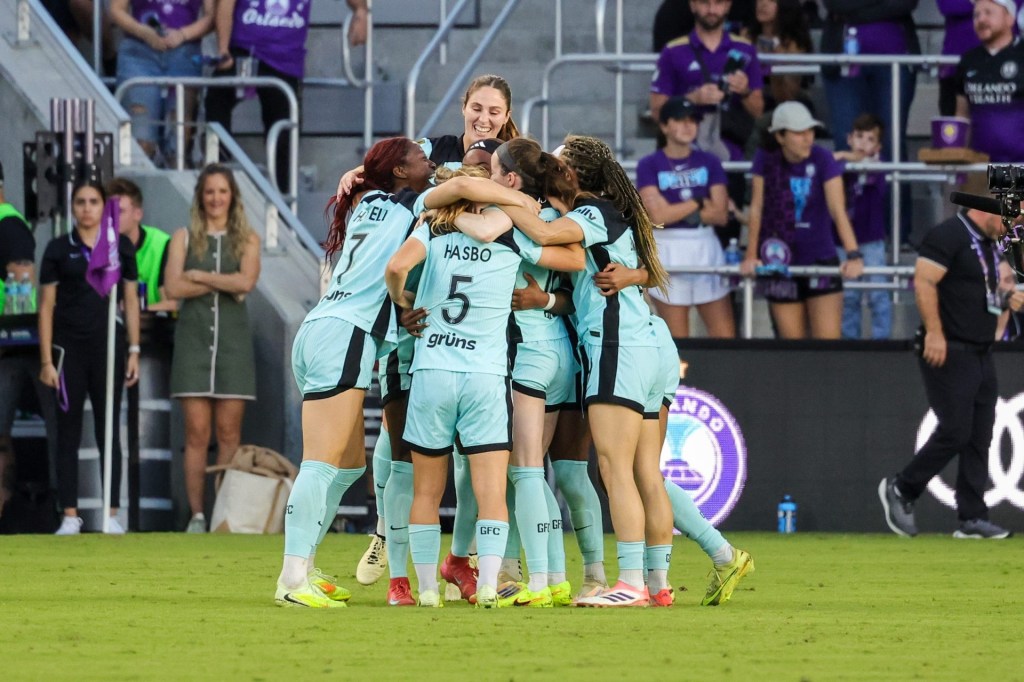
![[US, Mexico & Canada customers only] Dec 5, 2025; Washington, District of Columbia, USA; United States of America President Donald Trump, FIFA President Gianni Infantino and Canada Prime Minister Mark Carney watch from the stands during the FIFA World Cup 2026 Final Draw at John F. Kennedy Center for the Performing Arts.](https://frontofficesports.com/wp-content/uploads/2025/12/USATSI_27745262_168416386_lowres-scaled.jpg?quality=100&w=1024)
